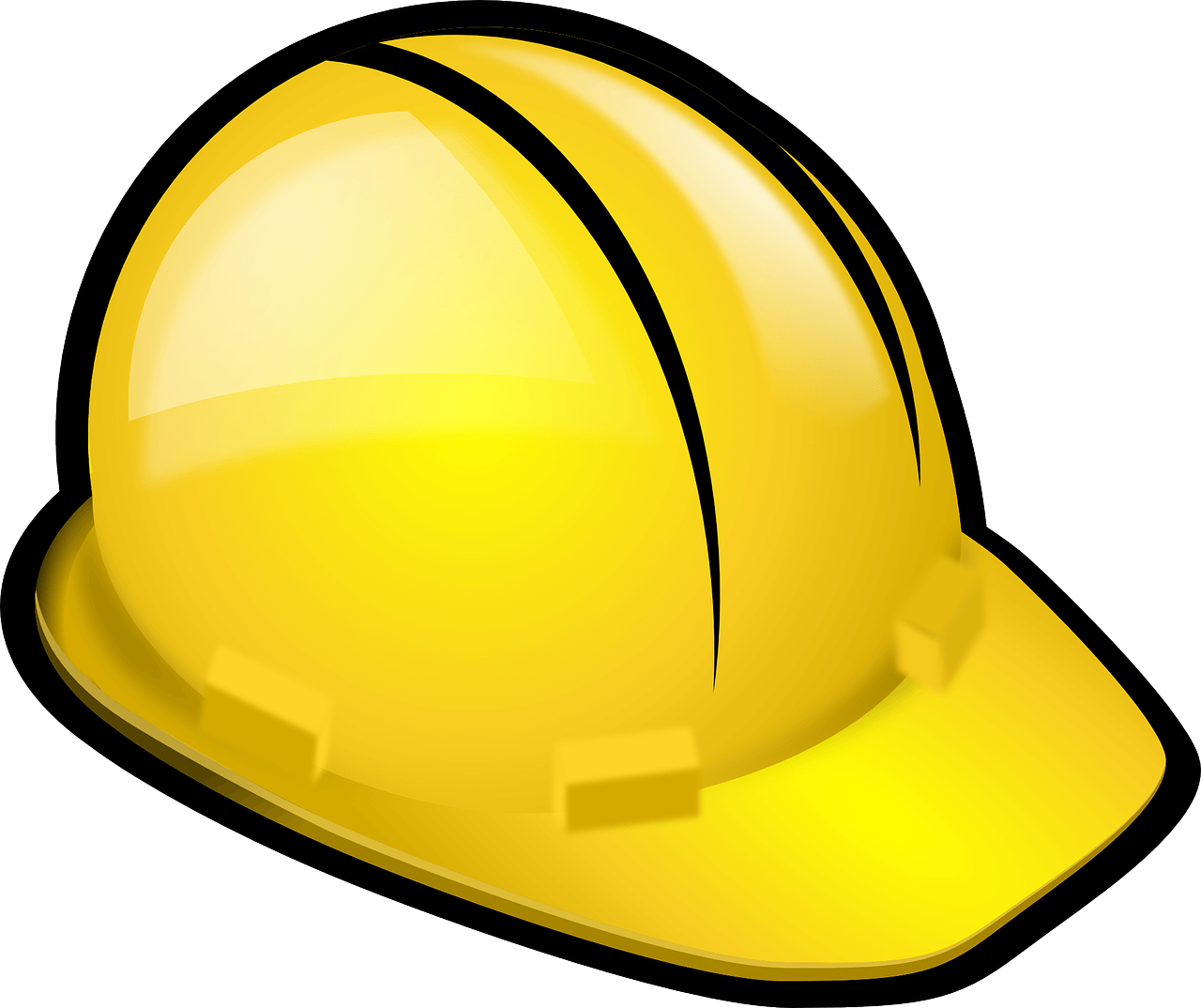Design Inspiration – Planning the Perfect Hoist Implementation
Purchasing your shiny new hoist is just the first step of the process when it comes to commencing your lifting operation. One of the other factors that you need to consider carefully is hoist implementation in the setting that you’ll be using it in.
The planning of a lifting operation
Any lifting operation requires careful planning by a competent person, as stated in the Lifting Operations and Lifting Equipment Regulations 1998 (LOLER). By competent person, this doesn’t mean someone that is fully qualified in all things lifting hoists, but it is expected that this person has a reasonable and sufficient enough knowledge to properly carry out a risk assessment.
There are many elements involved in a planning operation itself, and much of this will relate to where and how you implement your lifting hoist.
Perfect Hoist Implementation
Here are just some of the factors that you’ll want to consider when it comes to hoist implementation.
Safety
Safety should always be at the forefront of your mind when it comes to any lifting operation, and this will directly impact on the implementation of your hoist. You’ll need to consider factors such as:
– Will there be any environmental impact in the place you want to install it? Some hoists aren’t designed for the elements, whereas other hoists are produced for hazardous environments or for deep undersea. Remember, damaged equipment is unsafe to use!
– Can your hoist operate sufficiently in the area you are placing it without being obstructed by any obstacles? Ensure that there is plenty of space around the hoist, else you may cause damage to these objects or the hoist itself
– Will it be a competent, experienced and knowledgeable person implementing your hoist? An incorrect implementation could lead to a whole host of problems
Safety should always be at the forefront of your mind
Aesthetics
While safety is an important issue, when it comes to design inspiration, you’ll want to consider the aesthetics of your environment too. This won’t be too important for an industrial factory, but for industries such as theatres in entertainment, our stagemaker hoists need to do the job, but stay out of sight!
Efficiency
Efficiency is another factor that will always be at the forefront of a business. Where are you going to be able to get maximum usage out of your hoist? Where will it operate best, ensure that the process is as swift and smooth as possible?
Compatibility
Part of design is how compatible and complementary two pieces go together. Where are you installing your hoist, and how does it work with what you’re installing it on? For example, some hoists are great for use with gantry cranes, while others are perfect for installation on scaffolding.
Need help with the implementation of your lifting hoist?
If you’re struggling with ideas for how best to install and implement your hoist, then don’t fret! We’ve been doing this for years, and we’re happy to help you too. Get in touch with us here.

 Fast Delivery
Fast Delivery Low Prices
Low Prices Buy Online
Buy Online